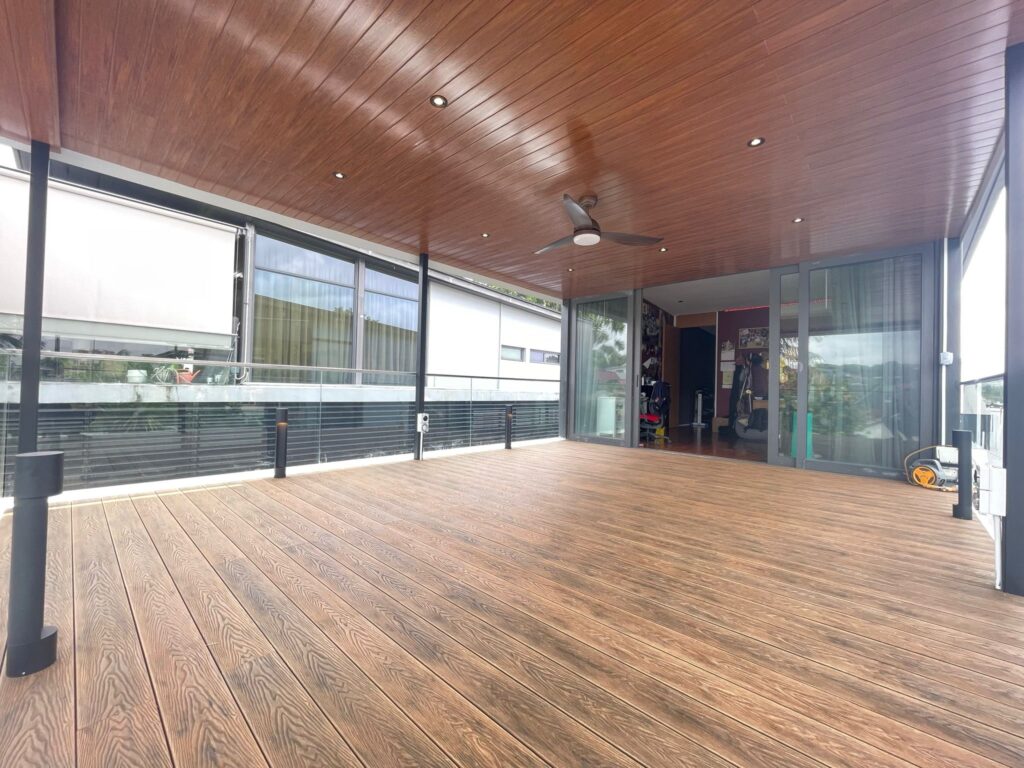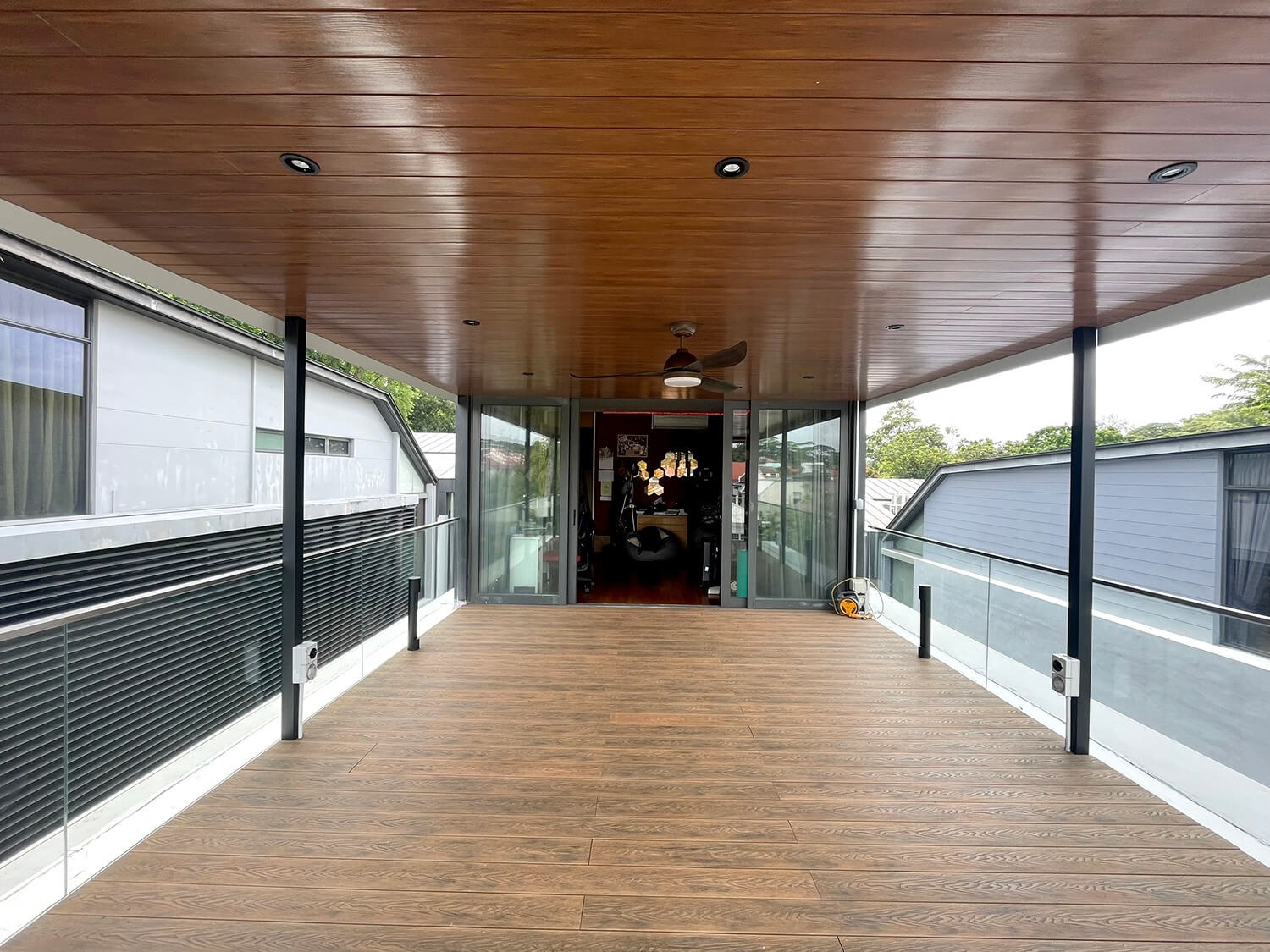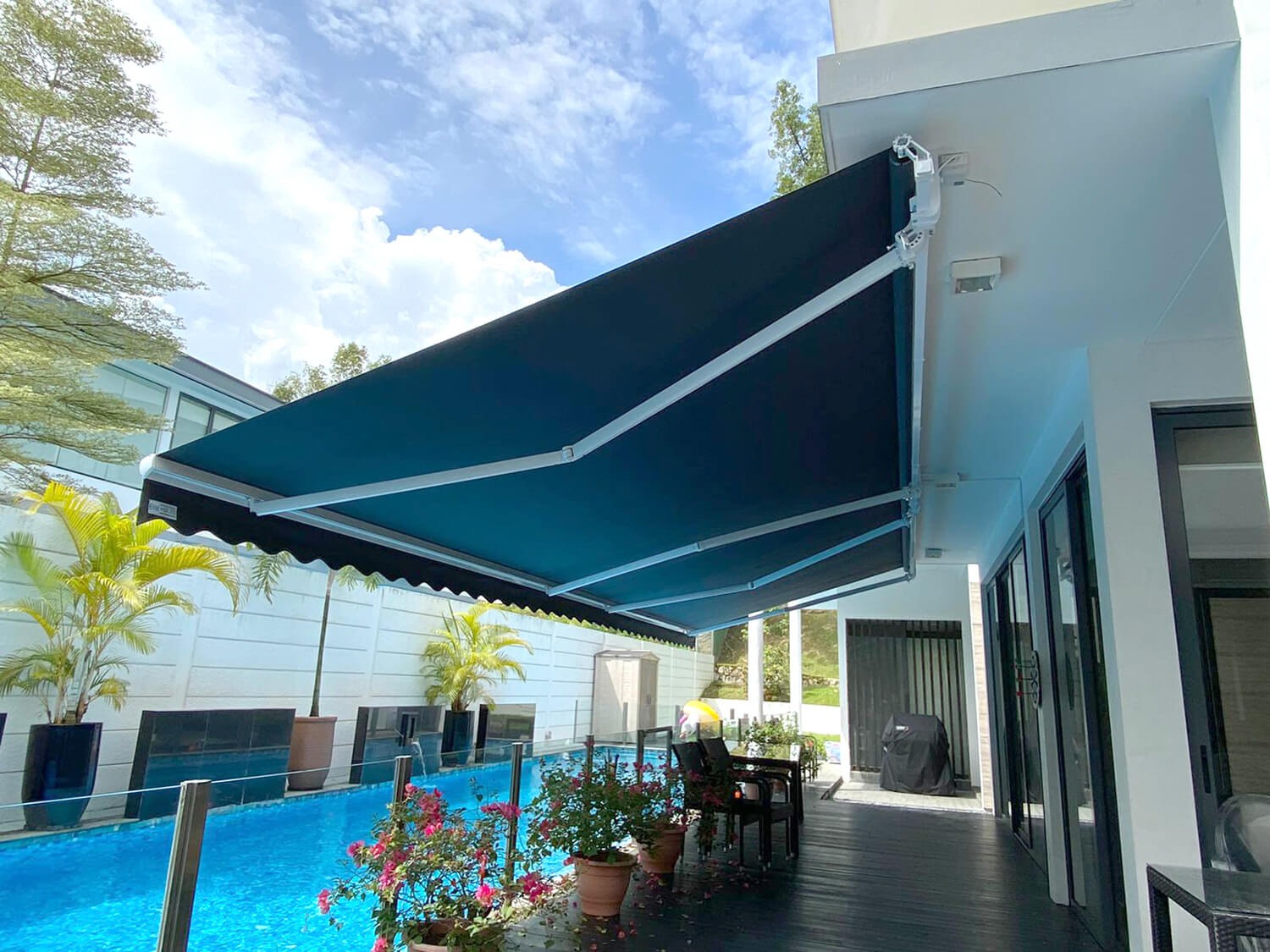
When it comes to interior design, wood ceilings have long been celebrated for their timeless beauty and natural charm. Besides enhancing the aesthetics of a space, one of the key factors that make wood ceilings an attractive choice is their impressive durability.
However, like any other building material, the longevity of a wood ceiling depends on various factors, including the type of wood used, installation, maintenance, and the environment in which it is installed.
Quality of Wood
The longevity of a wood ceiling starts with the quality of the wood used. Different wood species have varying levels of durability and resistance to decay. For instance, hardwoods like oak, teak, and mahogany are known for their exceptional strength and longevity.
On the other hand, softwoods like pine and fir may be more susceptible to wear and damage over time. Choosing high-quality wood from reputable suppliers will undoubtedly extend the life of your wood ceiling.
Proper Installation
The way a wood ceiling is installed plays a crucial role in determining its lifespan. Proper installation ensures that the wood is securely attached to the ceiling structure, reducing the risk of warping, sagging, or loose planks.
Hiring experienced professionals to install your wood ceiling will not only guarantee a seamless and attractive finish but also prevent potential issues that could compromise its longevity.
Environmental Factors
Wood is a natural material that responds to its environment. Changes in temperature and humidity levels can impact the wood’s stability and cause it to expand or contract over time.
To mitigate these effects, it’s essential to maintain a stable indoor environment with controlled humidity levels. Using dehumidifiers in humid climates and humidifiers in dry climates can help preserve the integrity of your wood ceiling.
If you are installing in an exterior environment like a porch, pavilion or gazebo ceiling you should consider a quality hardwood such as Ipe, Teak, Cumaru, Garapa, Tigerwood, Brazilian Redwood and Mahogany.
Proper Maintenance
Regular maintenance is key to extending the life of a wood ceiling. Simple tasks like dusting, vacuuming with a soft brush attachment, or wiping the surface with a damp cloth can prevent dirt and debris from accumulating and damaging the wood.
Additionally, applying a protective finish or stain can enhance the wood’s resistance to moisture, UV rays, and wear, further prolonging its lifespan.
Prudent Use and Care
Wood ceilings are an exquisite addition to any space, but using them in areas prone to excessive moisture, such as bathrooms or outdoor patios, may reduce their longevity. Likewise, avoiding the use of abrasive cleaners or sharp objects that could scratch or dent the wood is essential to preserving its appearance and structural integrity.
A well-maintained wood ceiling can last for several decades and even longer with proper care. By choosing high-quality wood, ensuring professional installation, maintaining a stable indoor environment, and practicing regular maintenance, you can expect your wood ceiling to retain its beauty and functionality for many years to come.
Wood ceilings not only elevate the aesthetics of a room but also infuse it with a sense of warmth and sophistication that endures through the test of time. Embrace the natural charm and longevity of wood ceilings, and you’ll enjoy a space that exudes timeless elegance for generations to come.







